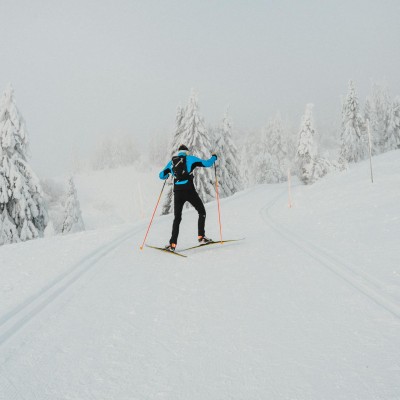
Written by Alannah Jensen
Canadian athletes have increasingly come forward alleging ongoing abuse, harassment and maltreatment they have experienced in sports. High-profile cases, such as the accusations against Alpine Canada by former skiers Geneviève Simard, Gail Kelly, and Anna Prchal, as well as complaints by Olympic champion Erica Weibe and four-time Olympic medalist Kaillie Humphries, have highlighted systemic issues within Canada’s sports system.
Despite these revelations, safe sport in Canada continues to be hindered by jurisdictional challenges, leaving many athletes vulnerable and without adequate protection.
The Federal Response: A Step in the Right Direction
The federal government has made strides to address these issues with the implementation of the Independent Safe Sport Mechanism (ISSM). Overseen by the Sport Dispute Resolution Centre of Canada (SDRCC), the ISSM enforces the Universal Code of Conduct to Prevent and Address Maltreatment in Sport (UCCMS). This mechanism is mandatory for federally funded national sport organizations (NSOs), providing an independent platform to investigate harassment and abuse complaints.
However, jurisdictional limitations undermine the effectiveness of these measures. The ISSM’s reach does not extend to provincial or territorial sport organizations (PSOs/TSOs), grassroots organizations, club teams, prep teams or university/collegiate sports. These organizations, which form the backbone of Canadian sports, remain largely self-regulated, creating significant gaps in athlete protection.
The Dangers of Self-Regulation
There is concern that self-regulation has proven ineffective in safeguarding athletes. Professors Donnelly and Kerr from the University of Toronto fear that self-regulation fosters environments where abuse can thrive. Noting the failures of self-regulation in institutions like the Catholic Church and the Boy Scouts, the professors contend that sports require independent oversight to prevent the abuse of power.
The lack of mandatory safe sport policies at the provincial, territorial, grassroots, club, prep, and university/collegiate levels can leave thousands of athletes unprotected. Decision-makers in voluntary associations, such as sport organizations, often operate without accountability, disregarding their own rules and procedures. As a result, athletes who report abuse frequently face institutional bias and inaction.
Addressing Jurisdictional Gaps
Provincial and Territorial Sport Organizations:
The 2019 Red Deer Declaration for the Prevention of Harassment, Abuse, and Discrimination in Sport, signed by federal, provincial, and territorial ministers, provides a framework for action. To uphold their commitments, provincial and territorial governments should:
- Require PSOs and TSOs to adopt the ISSM or implement an independent mechanism as a condition of funding.
- Mandate PSOs and TSOs to ensure that grassroots organizations under their purview also comply with the independent mechanism.
Grassroots Sport Organizations, Club Teams, and Prep Teams:
Voluntary associations must be held accountable to their constitutions and bylaws. Recent rulings in Ontario, Alberta and statutes in Quebec and British Columbia provide viable legal frameworks for ensuring fair procedures and decision making. By recognizing membership in these organizations as contractual, courts can enforce rules and protect athletes from abuse and injustice.
College and University Sports Teams:
Post-secondary sports present unique challenges, as they are governed by institutional policies rather than federal mechanisms. Complaints against coaches and staff at the University of Lethbridge, the University of Victoria, the University of Windsor, the University of Western and the University of Guelph reveal serious shortcomings in handling abuse allegations. These universities have shown reluctance or failure to take appropriate action when abuse complaints arise. There is also a clear lack of processes across institutions and institutional resistance to transparency as well as accountability. A significant gap in how these institutions protect their student-athletes from abuse, and how they prioritize institutional interests over the welfare of students has consistently been exposed.
To address these issues, provincial and territorial governments should:
- Legislate a post-secondary sport act or amend existing university acts to mandate independent safe sport mechanisms.
- Require colleges and universities to align with provincial or territorial independent safe sport mechanisms as a condition of funding.
The Path Forward
Safe sport in Canada remains a patchwork system, with jurisdictional issues leaving many athletes vulnerable. To close these gaps, federal, provincial, and territorial governments must collaborate to establish consistent policies and independent oversight mechanisms at all levels of sport. Only through independent oversight and consistent enforcement of safe sport standards can Canada truly protect its athletes from abuse and foster an environment of trust and accountability.